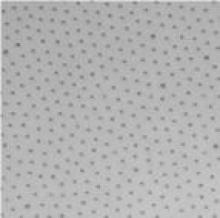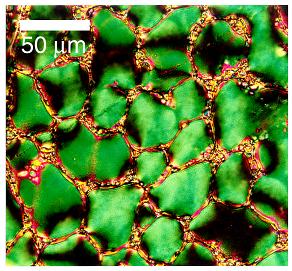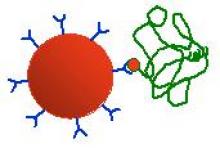Colloids, or more generically inhomogeneous systems of dispersed suspended objects interacting in the medium, are important for many areas of technology: from food and pharmaceutical to paint and oil extraction. They also often act as model systems for more microscopic physical objects, where direct observations are difficult.
In addition, there are easy ways of manipulating the pair interaction potential between particles, changing its range and attractive/repulsive strength. For instance, colloid crystallisation offers a direct optical insight into formation of order in 2 and 3 dimensions, depending on the type of interparticle interaction. Colloid glasses allow direct probing of fluctuation-dissipation theorem and its violation in non-ergodic systems and out of equilibrium. Well-ordered colloid crystals offer periodic structures on optical wavelengths, leading to a variety of photonic bandgap effects including selective reflectivity and tuneable lasing. Colloids ordered on interfaces offer templates for growth of biomimetic structures. Colloid particles suspended in a liquid-crystalline matrix lead to a variety of new physical effects and interactions mediated by the distortion fields induced in the suspending matrix. All of these topics are represented in the projects currently underway in the BSS group.
Recently colloid research has been extended to a new dimension when researches started to "decorate" particles with biologically active molecules, e.g. single-stranded DNA. These highly specific stickers allow binding particles carrying complementary ligands, e.g. ss-DNA, in a reversible fashion that can be finely tuned to the desired temperature. Such colloid composites open up new self-assembling pathways vital for building photonic crystals and nanoscale optical devices. They are also relevant for new developments in bio-sensors that can detect tracer amounts of DNA-mismatches or other potentially dangerous molecules.




